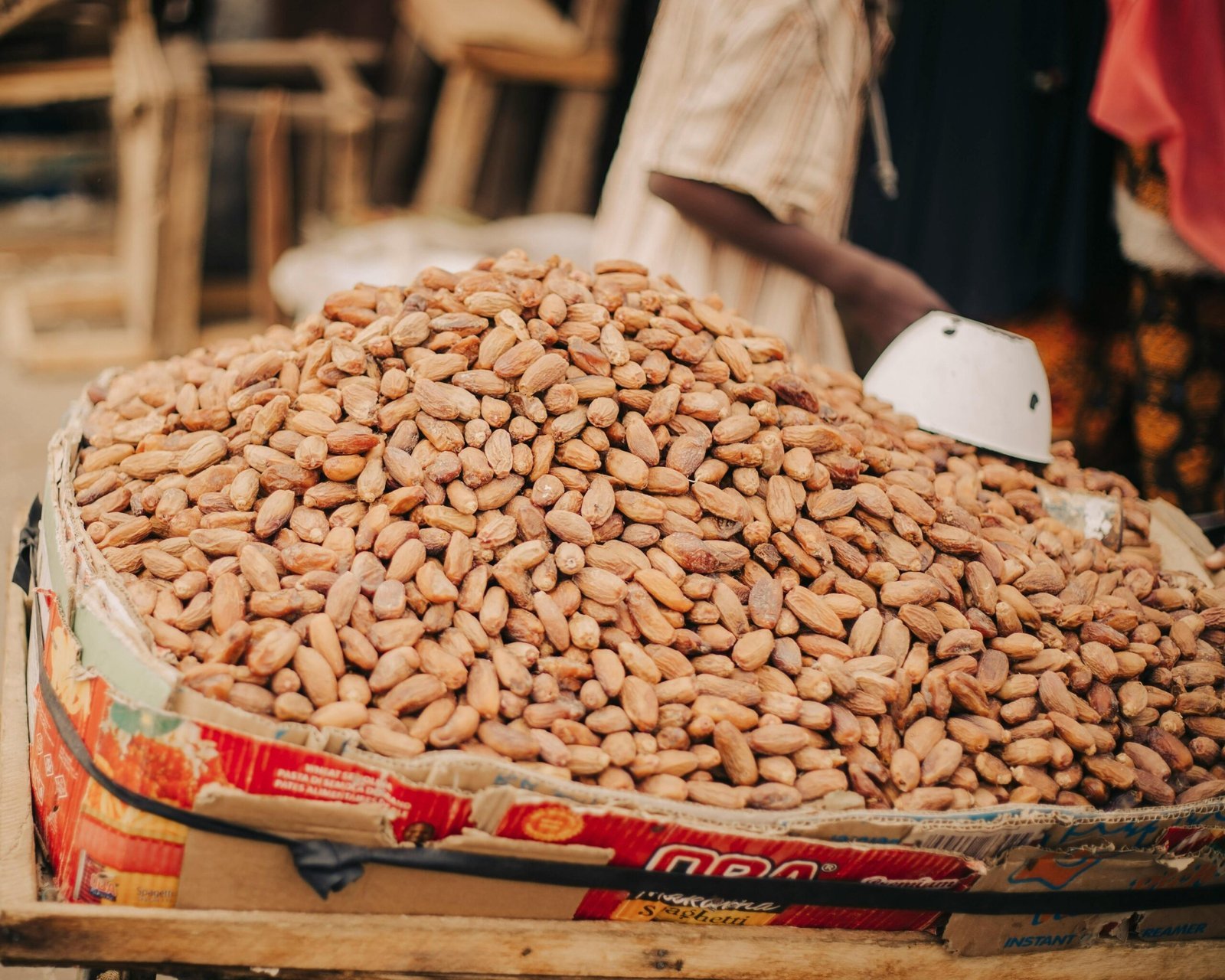India’s Agricultural Exports Decline Slightly Amid Growth in Key Sectors

India’s agricultural and processed food exports stood at $12.13 billion during the first half of FY25, reflecting a marginal 1% decline. According to the Financial Express, this slight dip was primarily driven by a 17% drop in non-basmati rice shipments. However, other key sectors, including fresh fruits, buffalo meat, and basmati rice, demonstrated strong growth during this period.
Basmati rice exports surged 11% year-over-year, reaching $2.87 billion between April and September 2024. This increase was largely attributed to the recent removal of the Minimum Export Price (MEP) of $950 per tonne, which had been in place since October 2023 but was lifted last month. The removal of this price barrier is expected to boost India’s competitiveness in the global rice market.
With export restrictions expected to ease further in the second half of FY25, experts anticipate a recovery in both basmati and non-basmati rice exports. The government’s decision to remove export tariffs and the MEP is likely to encourage higher shipments and global demand.
Akshay Gupta, Head of Bulk Exports at KRBL, a leading basmati rice exporter, stated that the timing of these regulatory changes is favorable, as crop yields are projected to increase by 10-15% this season. This, in turn, will support the recovery of India’s rice exports.
Beyond grains, buffalo meat exports grew by 4%, reaching $1.8 billion in the first half of the fiscal year. Experts attribute this growth to the strong global demand for Indian buffalo meat, which is recognized for its high quality and adherence to World Organization for Animal Health (OIE) standards.
Similarly, fresh fruit exports rose slightly, totaling $0.4 billion, driven by increasing demand for bananas, mangoes, processed fruit, fruit juices, and seeds. However, fresh vegetable exports declined by 4%, settling at $0.43 billion.
The gradual lifting of export restrictions appears to be a key factor in the future recovery and expansion of India’s agriculture exports. As the country navigates global opportunities and challenges, industry experts remain optimistic about India’s long-term growth in the agri-export sector.
Read More: Click Here
